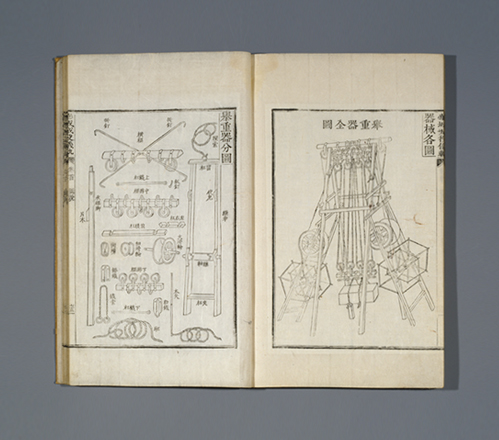Discover Korea's World Heritage
Hwaseong Fortress
Hwaseong Fortress, the Symbol of King Jeongjo’s Filial Devotion
After ascending the throne, King Jeongjo conferred the title of King Jangjo on his deceased father, Crown Prince Sado, and moved his tomb to Mount Hwasan, which was considered one of the most propitious sites in Joseon.
Construction of the Hwaseong Fortress began in 1794, the 18th year of King Jeongjo’s reign, and it was completed in 1796. The king lamented over his father’s tragic death and his filial love for his ill-fated father resulted in the construction of the fortress.
The fortress reflects the king’s grand political ambition to govern the nation based on strong royal power. As the stronghold in the region south of the capital, it was also a strategically important place for national defense.
Source: The National Museum of Korea
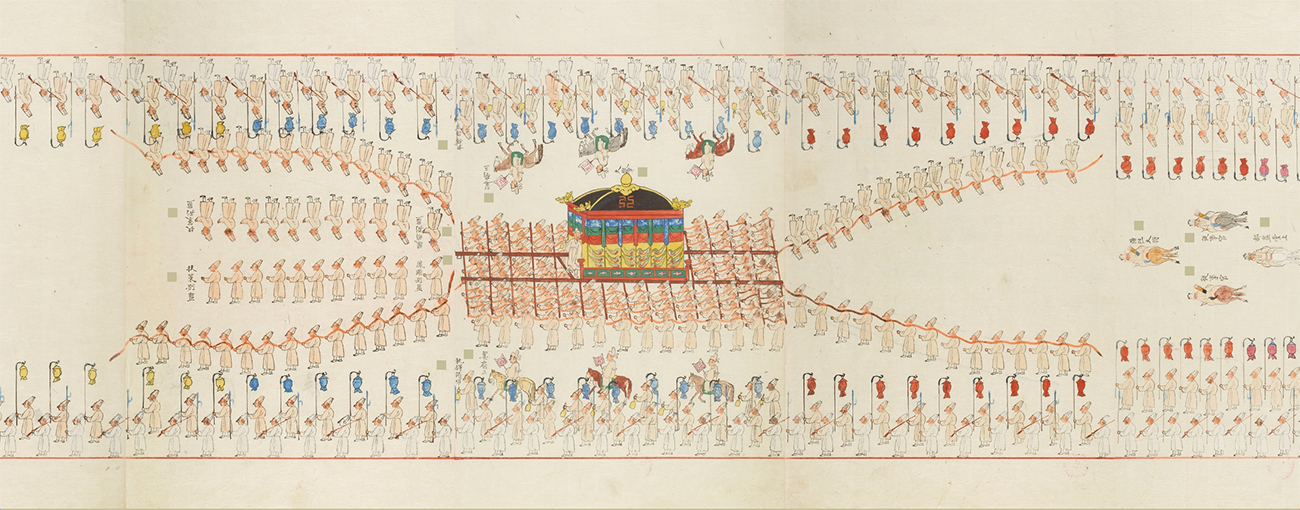
Reference: Jangheon Seja Yeongwoowon Cheonbong Dogam Uigwe (The Protocols of Moving Yeongwoowon Grave of Crown Prince Jangheon)
Crystallization of Eastern and Western Fortification Techniques
The Hwaseong Fortress is the crown jewel of the Silhak (practical learning) movement that developed in the late Joseon period.
While criticizing Confucianism for being excessively weighted toward manners and formalities, Silhak scholars highly valued science that proved useful in everyday life. Jeong Yak-yong, a renowned leader of the Silhak movement, read various books about Western cities to learn how to combine the advantages of Eastern and Western cities. Using the principle of a pulley, he devised a cable lifting system and potter’s wheels. Initially, construction of the fortress was expected to last for ten years. Thanks to the advanced machines, however, Jeong was able to shorten the construction period drastically to 2 years and 9 months.
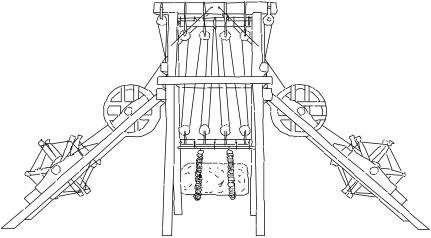
Geojunggi
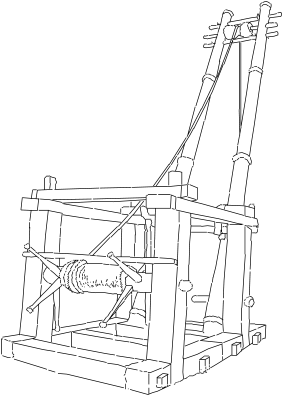
Nokro
Source: Cultural Heritage Administration
Hwaseong Fortress, the Most Advanced Fort of the 18th Century
At the time of its construction, the Hwaseong Fortress was a state-of-the-art defensive fort that was completely different from existing castles.
It has a variety of military devices aimed at defending against enemy attacks. Each of its four gates is protected by another layer of semi-circular wall called Ongseong.
Gongsimdon (observation tower) is a hollow structure made of bricks. Dozens of gun embrasures on the wall allow soldiers to watch the enemy and fire cannons at the same time. Stones were piled up in zigzags to fit together so the walls would not be blasted down easily by artillery attack.
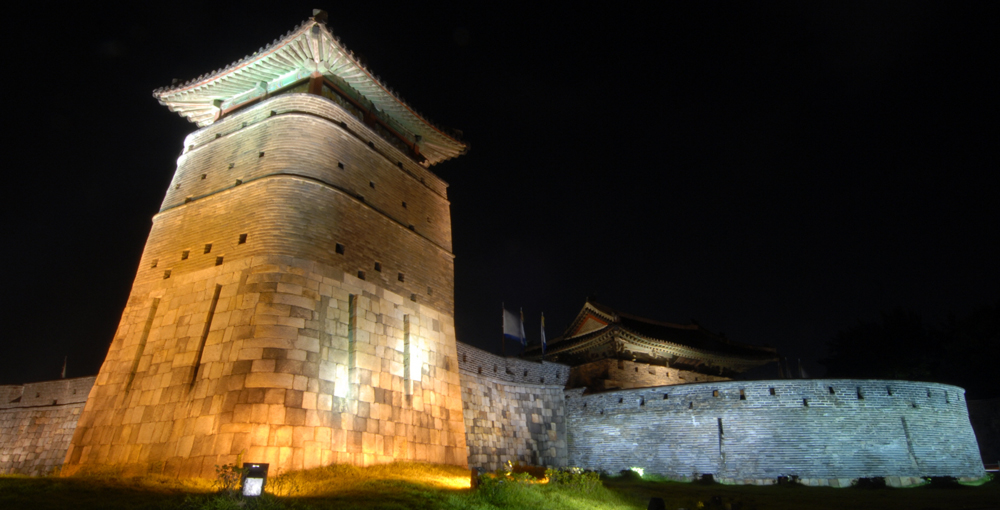
Gongsimdon (observation tower)
King Jeongjo, Joseon’s Reform-Minded Monarch
As part of his reform drive, King Jeongjo built the Hwaseong Fortress as a model city. He established a state-run model farm outside the fortress as production infrastructure. At a new town inside the fortress, the king created a market for international trade and another large marketplace for local markets all across the nation.
All construction work was done through paid labor, not forced labor, a practice that was unprecedented in history.
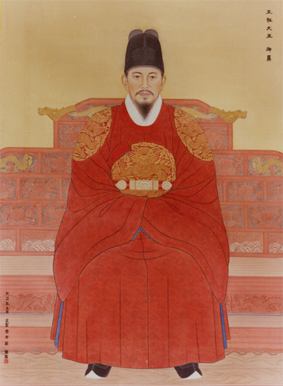
King Jeongjo, the 22nd Ruler of the Joseon Dynasty
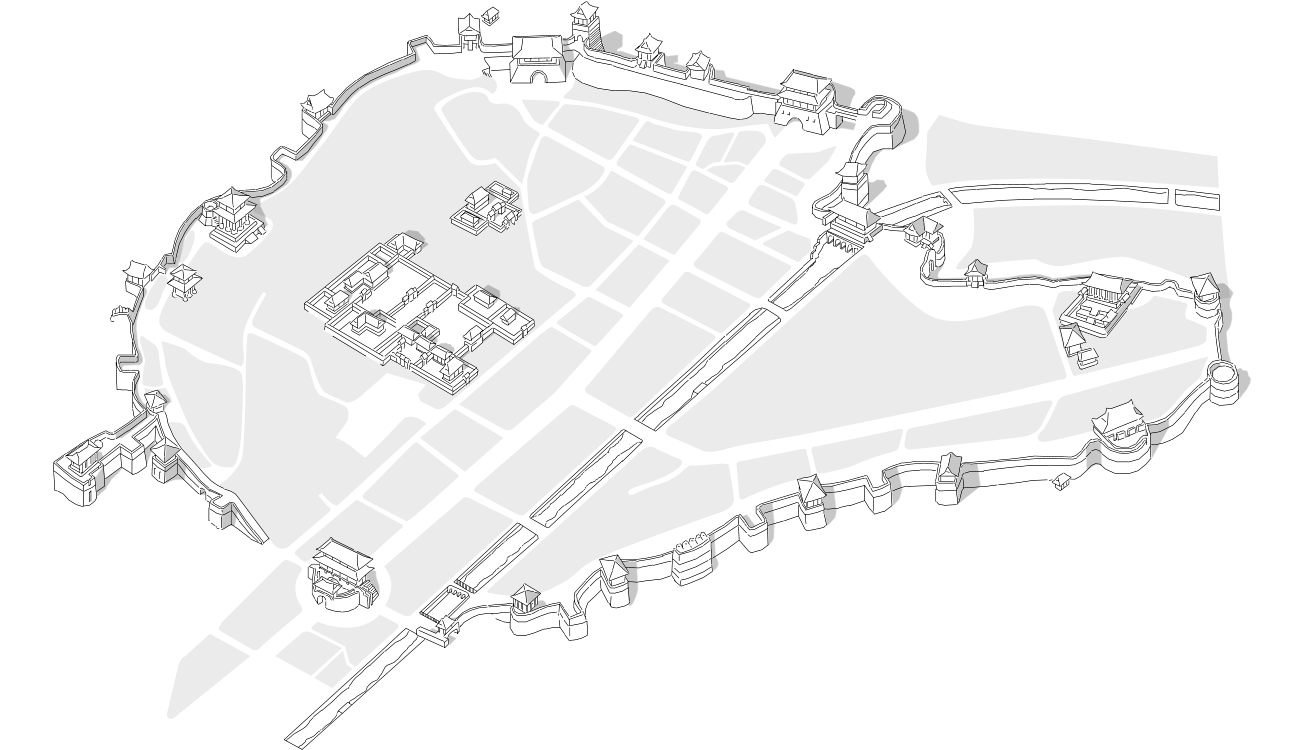
Environmentally-Friendly Structure
Hwaseong refers to “Flower Castle.”
Befitting its name, the fortress with beautiful curves is an environmentally-friendly structure. The fortress itself and adjacent facilities are well integrated into the surrounding mountains and streams, making the most of the area’s natural topography.
Source: Cultural Heritage Administration
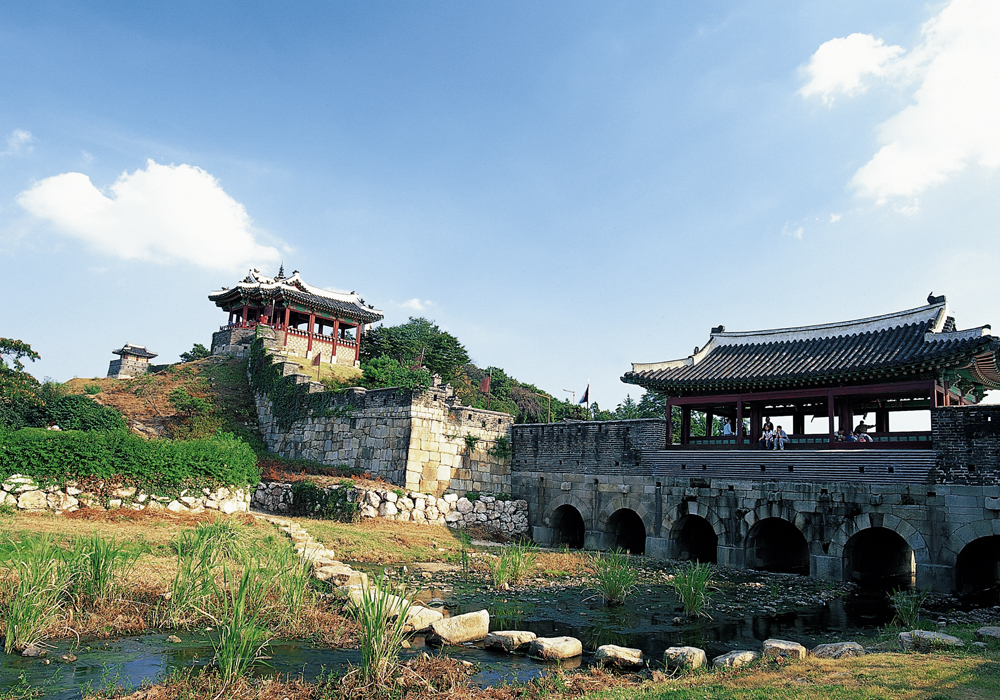
-
Hwaseong Seongyeok Uigwe, the Completion Report on the Construction of Hwaseong Fortress
The entire construction process, from beginning to end, is recorded in Hwaseong Seongyeok Uigwe (Records of Hwaseong Fortress Construction). The book contains details about the construction process, including the number of laborers, their hometowns, total costs, origins of wood and stones, machines that were used, and building techniques, along with illustrations. It was published in 1801 after the completion of the fortress. In 2007, the publication was added to the UNESCO Memory of the World Register.
-
Source: The National Museum of Korea
